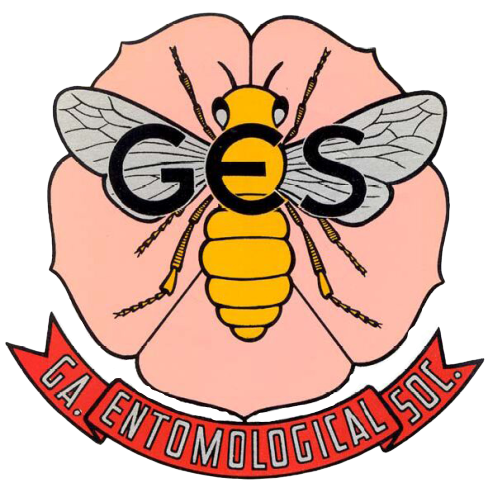Toxicity, Biochemical Impact, and Inhibition of Glutathione S-Transferase of Four Selected Insecticides against Aphis craccivora (Hemiptera: Aphididae)1
Abstract
The toxicity and biochemical impact of four novel insecticides (sulfoxaflor, spiromesifen, cyantraniliprole, and flonicamid) were evaluated in laboratory bioassays against the cowpea aphid, Aphis craccivora Koch (Hemiptera: Aphididae). In addition, the inhibitory effect of the insecticides on glutathione S-transferase (GST) was determined using molecular docking analysis. Based on the median lethal concentrations (and associated 95% confidence intervals), spiromesifen (at 1.98 mg/L) and sulfoxaflor (at 3.13 mg/L) exhibited the greatest level of toxicity followed by flonicamid (at 4.02 mg/L) and cyantraniliprole (at 14.93 mg/L). Additionally, sulfoxaflor and cyantraniliprole significantly reduced the activity of α-esterase and cytochrome P450 monooxygenase 48 h after exposure. The insecticidal activity of sulfoxaflor, cyantraniliprole, and spiromesifen was associated with the inhibition of GST activity. The in silico studies of the interactions between GST and the insecticides revealed that the proposed binding patterns of sulfoxaflor and spiromesifen had one hydrogen bond with THR 54 and an arene-H contact with HIS 41, respectively. Thus, cyantraniliprole combined with the receptor through two hydrogen bonds (with HIS 53 and ARG 112) and an arene-H contact with HIS 53. Based on these results, spiromesifen and flonicamid have potential for use in aphid management.
Contributor Notes
